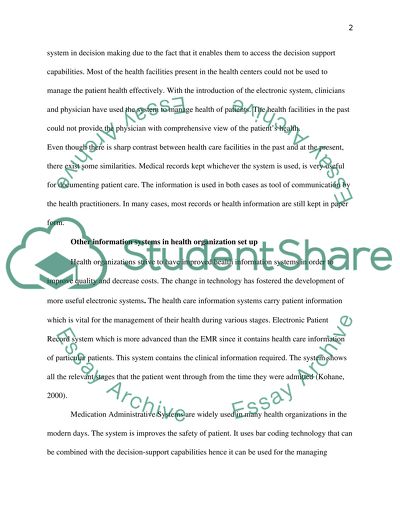Cite this document
(“Evolution of Health Care Information Systems Essay - 1”, n.d.)
Retrieved from https://studentshare.org/information-technology/1557173-evolution-of-health-care-information-systems-paper
Retrieved from https://studentshare.org/information-technology/1557173-evolution-of-health-care-information-systems-paper
(Evolution of Health Care Information Systems Essay - 1)
https://studentshare.org/information-technology/1557173-evolution-of-health-care-information-systems-paper.
https://studentshare.org/information-technology/1557173-evolution-of-health-care-information-systems-paper.
“Evolution of Health Care Information Systems Essay - 1”, n.d. https://studentshare.org/information-technology/1557173-evolution-of-health-care-information-systems-paper.


